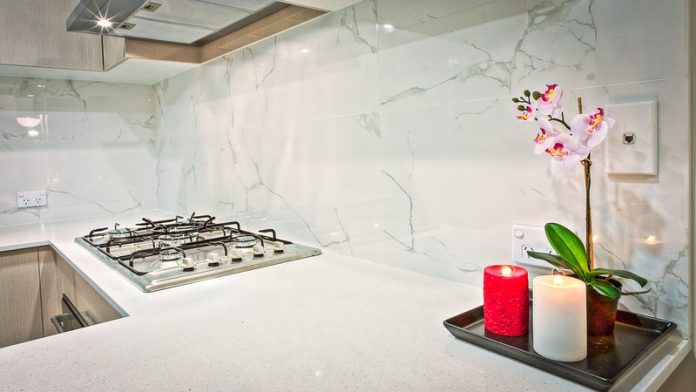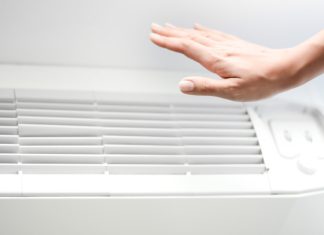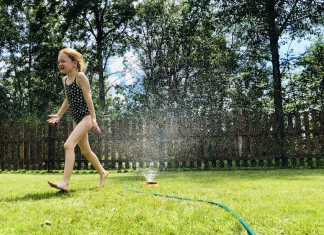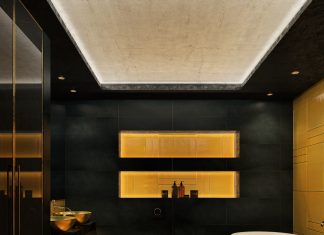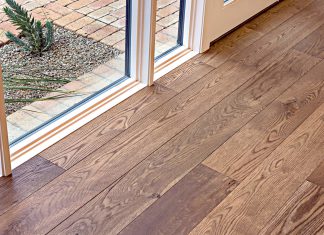A kitchen backsplash fills the space between the kitchen countertop and the top cabinets. It can be small or large areas that match the interiors of the kitchen. The lack of a backsplash can throw off an entire space. However, you can creatively plan a backsplash design and installation process that is both functional and fashionable.
A backsplash that complements the aesthetics of your kitchen is preferable, combined with perfect lighting. Although you can install a backsplash yourself, some complex designs require professional installation. But understanding the process is essential whether you are a DIY person or prefer using professional help. Find advice and tips, and tricks for installing kitchen backsplash below.
Identify all the spaces you need to install a backsplash beforehand
Ideally, you should install a backsplash in the space between your kitchen countertop and the upper cabinets. Installing backsplash tiles around the sinks and stoves protects the walls from water damage and grease splatter during meal preparation.
Keep in mind the visuals.
When selecting your backsplash tiles, be mindful of the space where you want to install them and how much of the wall they need to cover. While some homeowners prefer covering the exposed wall all the way to the ceiling, others prefer covering only the functional part. Think about the color of the backsplash tiles; do you want to add a pop of color to your space? All in all, keep the visuals in mind and choose backsplash tiles that bring out the aesthetics of your kitchen.
Choose backsplash tiles that are easy to clean and maintain
A functional backsplash protects your kitchen walls from food hazards such as grease, which can be hard to clean on bare painted walls. By installing backsplash tiles around the sinks and stoves, they will be exposed to water damage and grease splatters from daily kitchen use. As such, choose a material that is easy to clean. For instance, ceramic and porcelain tiles are low maintenance that can be easily cleaned with soap and a damp cloth.
Consider the durability of the tiles.
Note that backsplash tiles differ from the other floor tiles that need to withstand daily foot traffic. Backsplash tiles don’t need to withstand heavy use, but their durability should still be considered when shopping, especially if you need to store bulky items in the cabinets. The last thing you want is to do is crack your beautiful backsplash while cleaning or preparing dinner.
Plan ahead
After choosing the perfect backsplash for your kitchen, you need to ensure that you order the correct number of materials. Measuring the area to be tiled helps you avoid making costly mistakes or running out of materials halfway through. Ideally, you should measure the entire space then multiply the width and length to get the square footage. When shopping for the tiles, you should also add a little extra to accommodate possible mistakes such as cuts and waste. If the task seems too complex, it is best to hire a professional.
Update your toolbox
If you install the backsplash tiles yourself, you will need the right tools and equipment to facilitate that. For instance, you will need a toothless cutting blade to cut the backsplash tiles to fit the space. A pencil and a tape measure also come in handy to measure and mark the area you are working on. Also, remember to wear safety glasses to prevent the tile dust from getting into your eyes during work.
Prepare the walls before installation.
You will need to prep your kitchen walls before installing the backsplash. This will provide a smooth and uniform surface for the tiles to adhere to. Remember that bumps and lumps can ruin the look of the backsplash and even reduce its lifespan. You can use sandpaper to smooth irregularities, then vacuum up the dust and wipe the wall clean with a damp cloth. Or you can wash it with soapy water to remove any stains. Now you will have a clean surface for backsplash the installation.
Do not forget the power of a sealant.
The best thing about a sealant is that it protects your backsplash from potential damage and improves the final look. Using a sealant on your backsplash also keeps stains like food splatter and grease from damaging the tile. It is recommended to use a clear sealant to avoid discoloring the backsplash.
